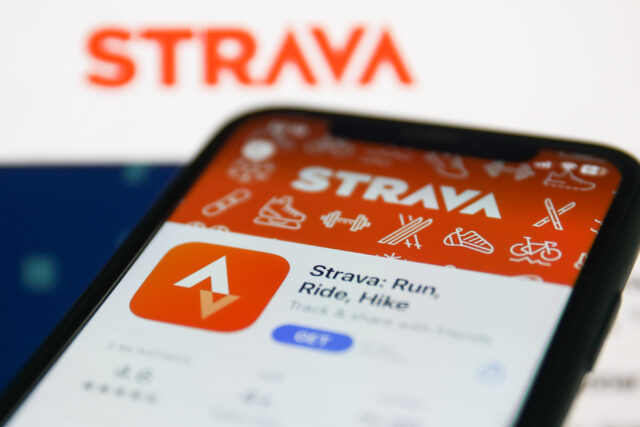The Strava app is one of the most popular ways for cyclists, runners, hikers, and other distance sports enthusiasts to track their performance and grab some bragging rights. Because most athletic types will have the app installed already—and because it's hard or impossible to run two tracking apps at once—many apps use Strava's API as a go-between for workout data.
Strava emailed its more than 100 million users earlier this week to notify them about "important updates on how Strava data can be displayed, accessed, and used by third-party apps." In the update, Strava noted that third-party apps "are no longer able to display your Strava activity data on their surfaces to other users," that Strava's API data cannot be used "in artificial intelligence models or other similar applications," and that third-party apps must be designed so as to "complement" Strava's look and feel "rather than replicating it."
What does this actually mean? It depends on which apps you're using. DC Rainmaker, a longtime fitness tech blogger, sees the "other users" clause as something that "immediately break[s] almost all coaching apps that have connections to Strava." If an app needs to see your Strava workout to provide insights on performance or connect you to a group, Strava's API seems to block it now. A manager at the training app Intervals posted on the app's official forum that the API change would break Intervals' ability to use Strava as its data source.
“Almost all coaching apps” or “0.1 percent”?
Strava posted "additional context" about its API changes on Tuesday after DC Rainmaker posted his thoughts (and a video). The changes target situations where a user is "unaware that their data is being surfaced not just for their own use and visibility but also to other users," the company said. Users being unaware of how their fitness data is displayed has, for example, led to unintentional disclosure of military facilities.



 Loading comments...
Loading comments...
